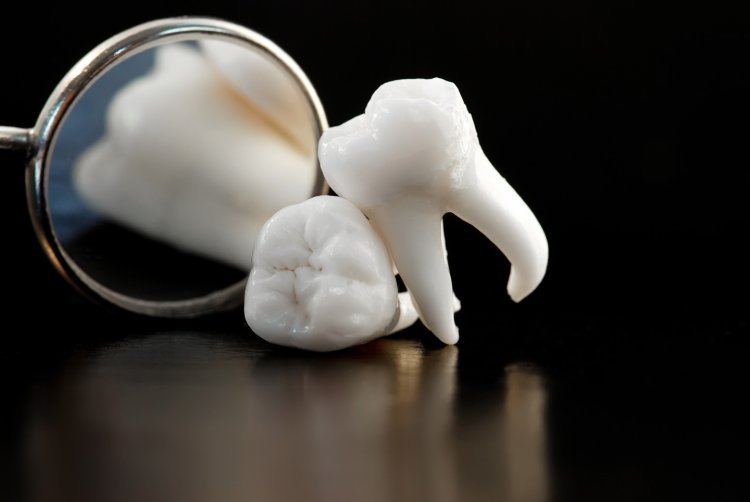Dental Partials: A Comprehensive Guide to Replacing Missing Teeth
Dental Partials moody al, also known as partial dentures, are removable dental appliances designed to replace one or more missing teeth. They consist of artificial teeth attached to a gum-colored base, which is connected to a metal or acrylic framework.

Missing teeth can significantly impact your oral health, chewing ability, and self-confidence. While dental implants are a popular option, dental partials offer a more affordable and sometimes more suitable alternative for replacing missing teeth. This article provides a comprehensive overview of dental partials, covering their types, benefits, drawbacks, cost, and maintenance.
What are Dental Partials?
Dental Partials moody al, also known as partial dentures, are removable dental appliances designed to replace one or more missing teeth. They consist of artificial teeth attached to a gum-colored base, which is connected to a metal or acrylic framework. This framework clasps onto adjacent natural teeth, providing support and stability for the partial denture. Unlike full dentures that replace all teeth in an arch, partials are ideal when some healthy teeth remain.
Types of Dental Partials
Several types of partial dentures are available, each with its own advantages and disadvantages:
- Cast Metal Partials: These are the most common type, known for their strength and durability. They consist of a metal framework, usually made of cobalt chromium, with acrylic teeth attached. Cast metal partials offer excellent support and retention, making them a good choice for patients with multiple missing teeth.
- Acrylic Partials: These Partials moody al are made entirely of acrylic resin and are often more affordable than cast metal partials. However, they are less durable and may not provide the same level of support as metal partials. Acrylic partials are often used as temporary replacements while waiting for a more permanent solution.
- Flexible Partials: Made from a flexible, biocompatible material, these partials are comfortable and aesthetically pleasing. They blend well with the natural gums and teeth, providing a more natural look. However, flexible partials may not be as durable as cast metal partials and may not be suitable for patients with significant bone loss.
- Implant-Supported Partials: These partials are anchored to dental implants, providing superior stability and retention compared to traditional partials. Implant-supported partials are a more expensive option but offer the closest resemblance to natural teeth in terms of function and feel.
Benefits of Dental Partials
Dental partials offer several benefits for patients with missing teeth:
- Improved Chewing Ability: Partials restore the ability to chew properly, allowing patients to enjoy a wider range of foods.
- Enhanced Speech: Missing teeth can affect speech clarity. Partials can help improve pronunciation and speech patterns.
- Support for Adjacent Teeth: Partials moody al can prevent adjacent teeth from shifting into the gaps left by missing teeth, maintaining proper alignment.
- Improved Aesthetics: Partials fill in gaps left by missing teeth, restoring a more complete and natural-looking smile.
- Cost-Effective: Compared to dental implants, partials are a more affordable tooth replacement option.
- Removable and Easy to Clean: Partials can be easily removed for cleaning, promoting good oral hygiene.
Drawbacks of Dental Partials
While dental partials offer many benefits, they also have some drawbacks:
- Less Stable than Implants: Partials are not as stable as dental implants and may move or shift, especially during chewing.
- Potential for Discomfort: Some patients may experience discomfort or irritation from the clasps that hold the partial in place.
- Maintenance Required: Partials moody al require regular cleaning and maintenance to prevent plaque buildup and gum disease.
- Durability: Partials are not as durable as dental implants and may need to be replaced after several years.
- Aesthetics: While partials can improve the appearance of your smile, they may not look as natural as dental implants.
Cost of Dental Partials
The cost of dental partials varies depending on the type of partial, the materials used, and the location of the dental practice. Cast metal partials tend to be more expensive than acrylic or flexible partials. It's best to consult with your dentist to get a personalized cost estimate. Many dental insurance plans cover a portion of the cost of partial dentures.
Maintaining Dental Partials
Proper maintenance is essential for the longevity and health of your dental partials:
- Clean Daily: Remove your partials every night and clean them thoroughly with a soft-bristled brush and denture cleanser.
- Soak Overnight: Soak your partials in a denture solution overnight to keep them hydrated and prevent them from warping.
- Brush Natural Teeth: Continue to brush your natural teeth and gums twice daily, even if you have partials.
- Regular Dental Checkups: Visit your dentist regularly for checkups and professional cleanings to ensure the health of your gums and remaining teeth.
Conclusion
Dental partials are a viable and often more affordable option for replacing missing teeth. They offer several benefits, including improved chewing ability, enhanced speech, and a more aesthetically pleasing smile. While they have some drawbacks, proper maintenance and regular dental checkups can ensure their longevity and effectiveness. If you are considering tooth replacement options, consult with your dentist to determine if dental partials are the right choice for you.
What's Your Reaction?













